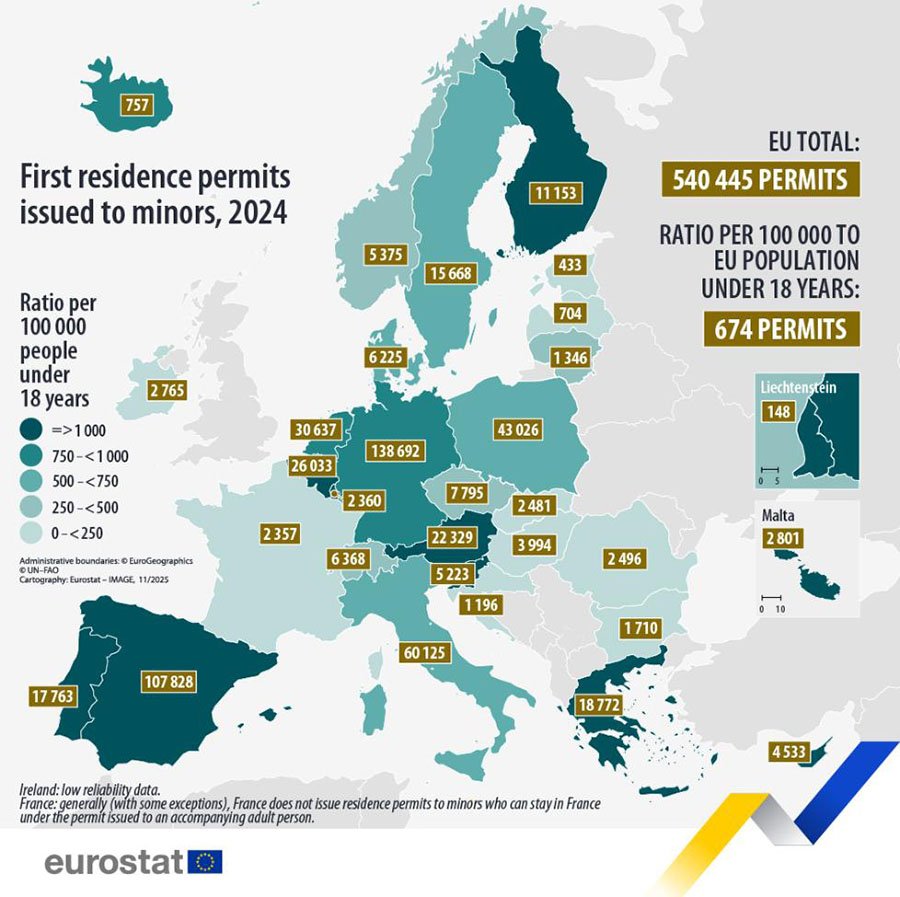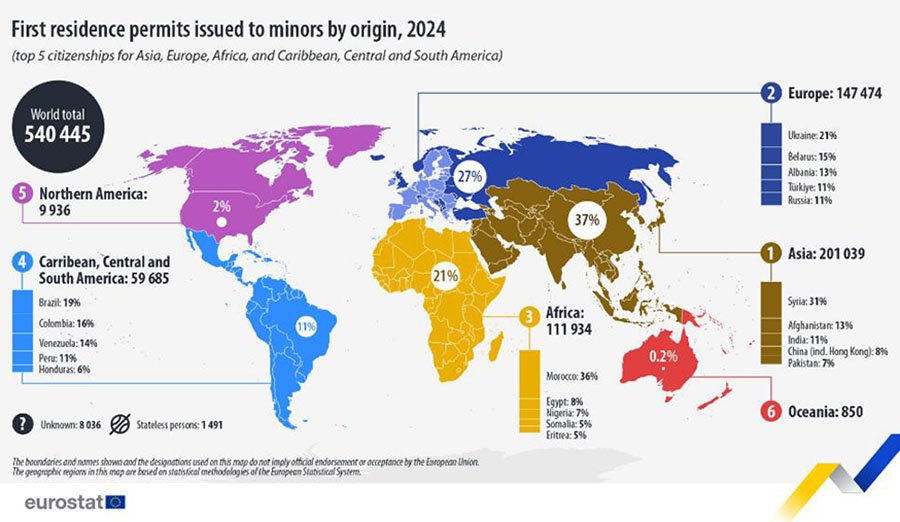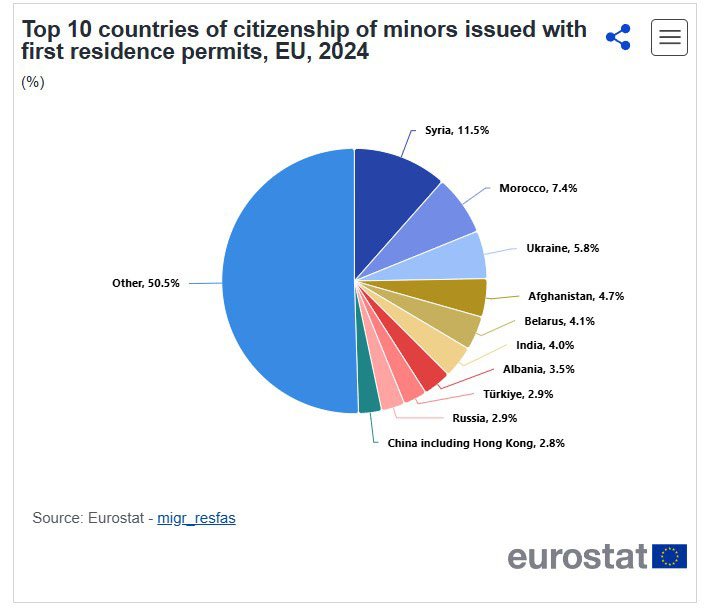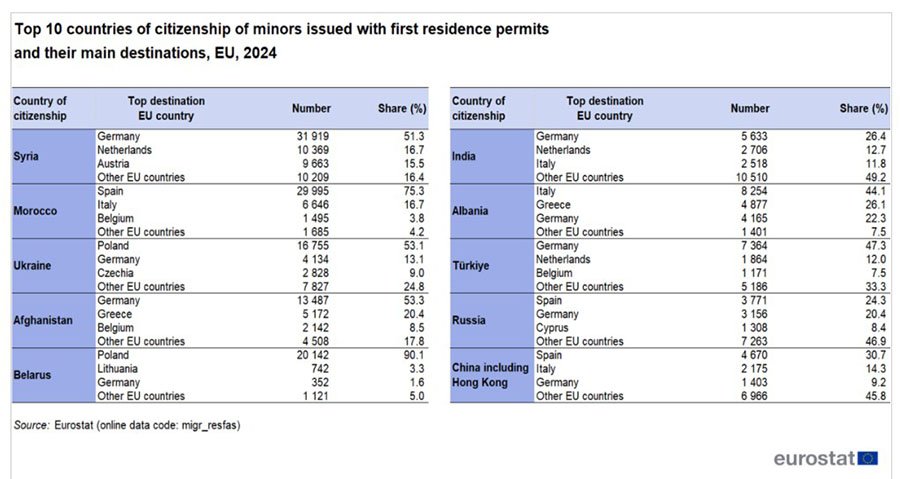читайте также
 Vietnam Hit by Record-Breaking Floods: Tourists Advised to Change Their Plans
Vietnam Hit by Record-Breaking Floods: Tourists Advised to Change Their Plans
 WTTC: Travel & Tourism to Create 91 Million New Jobs by 2035 — but a 43 Million Workforce Gap Looms
WTTC: Travel & Tourism to Create 91 Million New Jobs by 2035 — but a 43 Million Workforce Gap Looms
 Cyprus to Introduce Construction Police as Oversight Tightens in 2026
Cyprus to Introduce Construction Police as Oversight Tightens in 2026
 Assets of Russians in the UAE Reach 1 Trillion Rubles: FTS Expands Inspections
Assets of Russians in the UAE Reach 1 Trillion Rubles: FTS Expands Inspections
 Wyndham Expands Its Global Presence: Baymont Debuts in the Asia-Pacific Region
Wyndham Expands Its Global Presence: Baymont Debuts in the Asia-Pacific Region
 Latin America’s Hotel Construction Pipeline Hits Record Highs: 17% Year-Over-Year Growth and a Strong Shift Toward Luxury
Latin America’s Hotel Construction Pipeline Hits Record Highs: 17% Year-Over-Year Growth and a Strong Shift Toward Luxury
Migration / Reviews / News / Analytics / Research / Germany / Spain / Italy / Кипр / Ukraine / Russia 28.11.2025
How Children Receive Residence Permits in Europe: Full 2024 Statistics

Photo: Eurostat
In 2024, children from non-EU countries received more than 540,000 residence permits in the European Union, Eurostat reports. Family grounds and reunification dominated the statistics. Most minors arrived from Syria, Morocco, and Ukraine. Russia also appeared in the data with a 2.9% share—around 15,000 children. Germany, Spain, and Italy issued the highest number of residence permits, while Cyprus led the EU in per-capita figures.
A total of 66% of primary residence permits—356,554 permissions—were issued on family grounds. Another 160,618 children received residence permits on other grounds, including international protection. For education, 21,179 documents were issued.

Age Structure
From 2015 to 2019, the number of primary residence permits issued to children under 15 increased steadily. A sharp decline followed in 2020, partly due to the COVID-19 pandemic and restrictions on international movement. The indicator rebounded in 2021, surpassing pre-pandemic levels. In 2023 it reached its highest point since record-keeping began, then decreased in 2024. During the observed period, values ranged from 417 to 774 permits per 100,000 children under 15.
Children under five accounted for an average of 38.6% of all permits issued in 2024. The highest shares were recorded in the Czech Republic and Sweden—both at 58.8%. Elevated ratios were also reported in Slovenia, Austria, Luxembourg, Italy, Belgium, Croatia, Germany, Denmark, and Finland. At the lower end were Portugal (10.6%), Ireland (2.2%), and France (0.4%). Across the EU overall, more boys than girls obtained residence permits—53.3% compared with 46.6%.
Children’s Nationalities

The largest share of minors receiving residence permits came from Asia—37.2%. Within this group, Syria led with 62,160 permits (11.5%). Next were Afghanistan with 25,309 (4.7%) and India with 21,367 (4.0%). Citizens of European countries outside the EU accounted for 27.3%. The largest groups were Ukraine—31,544 (5.8%), Belarus—22,357 (4.1%), and Albania—18,697 (3.5%).

African countries represented 20.7%, with Morocco supplying the largest share—39,821 (7.45%). Children from the Caribbean, Central and South America accounted for 11%, led by Brazil—11,132 (2.1%). North America made up 1.8%.

Country-by-Country Statistics
Germany issued the highest number of residence permits for children—138,692 (26% of the EU total). Next came Spain with 107,828 (20%) and Italy with 60,125 (11%). In relative terms, the EU average stood at 674 permits per 100,000 minors. Malta led with 3,379, followed by Cyprus with 2,584 and Luxembourg with 1,861. Austria also ranked significantly above average.
Latvia, Croatia, Estonia, Bulgaria, and Romania did not exceed 200 per 100,000. The lowest figure was recorded in France—17 per 100,000—because children there typically do not receive separate residence permits.

Destination choice was often shaped by geographic proximity, historical and linguistic ties, and existing migrant communities. Citizens of Morocco most frequently moved to Spain, Brazilians and Angolans to Portugal, and citizens of Turkey to Germany. For countries with the largest migration flows—Syria, Morocco, Ukraine, Afghanistan, Belarus and Albania—permits were heavily concentrated in a limited number of EU states, with less than one-third distributed across the rest. For India, Russia and China, the spread was more even: nearly half of all permits were issued in EU countries outside the top preferred destinations.
Conclusion
In 2025 the situation is changing as EU countries tighten migration policies. Requirements for obtaining a residence permit and conditions of stay are being revised, with stricter criteria introduced for various categories of applicants. Measures for expelling foreigners who have committed crimes or are under suspicion are being strengthened. At the EU level, proposals under discussion include creating a neutral zone with refugee camps and other mechanisms aimed at reinforcing control and limiting entry, forming a new regulatory approach.
Подсказки: EU, migration, residence permits, children, Eurostat, demographics, immigration policy, Europe 2024, family reunification, minors





